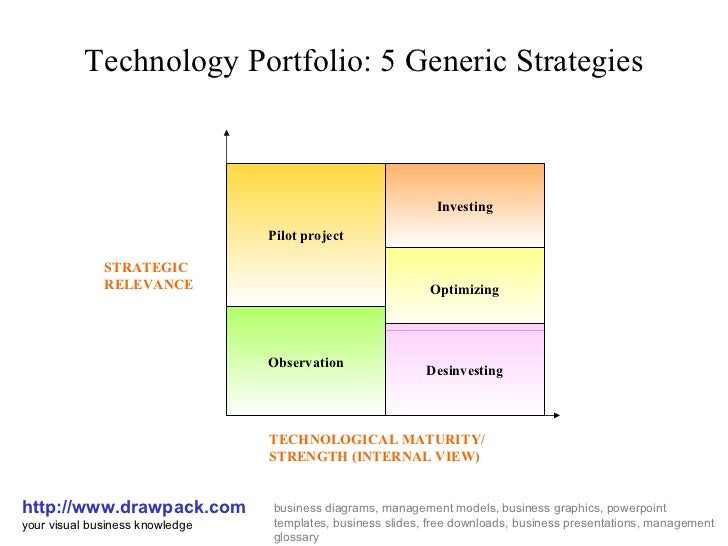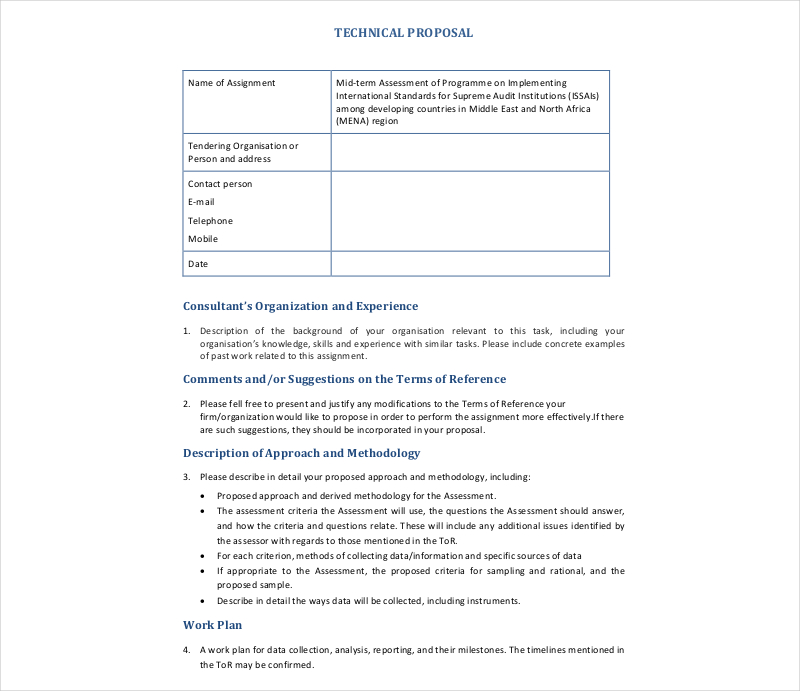Technology Portfolio Examples: Showcasing Your Skills
Technology portfolio examples are a powerful tool for showcasing your skills and experience in the tech industry. Whether you’re a seasoned professional or just starting out, having a well-crafted portfolio […]

Technology portfolio examples are a powerful tool for showcasing your skills and experience in the tech industry. Whether you’re a seasoned professional or just starting out, having a well-crafted portfolio can be a game-changer in securing job opportunities, attracting clients, or advancing your career.
A technology portfolio serves as a digital showcase of your technical abilities, projects, and achievements. It allows potential employers, clients, or collaborators to quickly assess your skills and expertise, understand your work style, and see tangible examples of your capabilities.
Components of a Technology Portfolio
A technology portfolio is a curated collection of your skills, projects, and experiences that showcases your technical abilities and potential to potential employers or clients. It is a dynamic document that reflects your evolving skillset and professional growth.
Purpose of Components
Each element in your technology portfolio serves a specific purpose in demonstrating your capabilities and achievements.
- Skills: This section lists your technical proficiencies, outlining the programming languages, frameworks, tools, and technologies you are familiar with. It provides a clear overview of your expertise and allows potential employers to quickly assess your suitability for specific roles.
- Projects: This is the core of your technology portfolio, showcasing your practical application of technical skills. It includes descriptions of projects you’ve undertaken, highlighting the technologies used, challenges overcome, and the impact of your work. This section allows you to demonstrate your problem-solving abilities, creativity, and ability to deliver tangible results.
- Certifications: Certifications validate your knowledge and expertise in specific technologies. Including relevant certifications in your portfolio adds credibility to your claims and demonstrates your commitment to professional development. It signifies that you have invested time and effort in acquiring specialized knowledge.
- Awards: Recognition through awards and accolades highlights your achievements and sets you apart from other candidates. Including awards in your portfolio demonstrates your accomplishments and reinforces your expertise in your chosen field. It shows that you are recognized as a top performer and have been acknowledged for your contributions.
Types of Projects
The projects included in your portfolio should demonstrate your technical abilities and showcase your diverse experiences.
- Personal Projects: These projects are driven by your own interests and allow you to explore new technologies and experiment with different approaches. They showcase your initiative, self-motivation, and ability to work independently. Examples include developing a personal website, building a mobile app, or creating a machine learning model for a specific task.
- Internships: Internships provide practical experience in a professional setting and allow you to apply your skills to real-world challenges. They demonstrate your ability to work in a team environment, adapt to industry standards, and contribute to a larger project. Describe your role, responsibilities, and the impact of your work during the internship.
- Hackathons: Hackathons are intense events where participants collaborate to develop innovative solutions to specific problems within a limited timeframe. Including hackathon projects in your portfolio showcases your ability to work under pressure, collaborate effectively, and deliver creative solutions quickly. Highlight the problem you tackled, the technology used, and the outcome of your participation.
Portfolio Design and Presentation
A visually appealing and well-organized technology portfolio is crucial for making a positive impression on potential employers or clients. It serves as a showcase of your skills, experience, and projects, allowing you to effectively communicate your capabilities and stand out from the competition.
Portfolio Format Selection
Choosing the right format for your technology portfolio is essential for effectively presenting your work. The format you choose should align with your target audience and the type of projects you want to highlight.
Here is a table summarizing the advantages and disadvantages of different portfolio presentation formats:
| Format | Advantages | Disadvantages |
|---|---|---|
| Website |
|
|
| PDF Document |
|
|
| Online Platform |
|
|
Technology Portfolio Examples
A technology portfolio is a visual representation of your skills and experience in a specific technical field. It serves as a powerful tool to showcase your expertise and attract potential employers or clients. In this section, we will explore examples of effective technology portfolios from different fields, analyzing their strengths and weaknesses.
Examples of Effective Technology Portfolios
The following table provides examples of technology portfolios from different fields, highlighting their strengths and weaknesses.
| Portfolio Name | Link | Strengths | Weaknesses |
|---|---|---|---|
| John Doe’s Software Development Portfolio | [Link to Portfolio] |
|
|
| Jane Smith’s Data Science Portfolio | [Link to Portfolio] |
|
|
| David Lee’s Web Design Portfolio | [Link to Portfolio] |
|
|
Building a Technology Portfolio

Your technology portfolio is a dynamic showcase of your skills and experience in the tech world. It’s your chance to present your abilities in a way that resonates with potential employers and clients. Think of it as a personalized website or document that highlights your projects, achievements, and technical expertise.
Choosing a Portfolio Format
The format of your technology portfolio can be tailored to your specific needs and preferences. Some popular options include:
- Website Portfolio: This is a professional and versatile option, allowing you to showcase your work in a visually appealing and interactive way. You can use platforms like GitHub Pages, Wix, or Squarespace to create a website that reflects your personal brand.
- PDF Portfolio: A PDF document provides a structured and printable format for showcasing your work. It’s suitable for sending to potential employers or clients who prefer a more traditional approach.
- Online Portfolio Platforms: Platforms like Behance, Dribbble, or LinkedIn offer dedicated spaces to showcase your work and connect with industry professionals.
Highlighting Relevant Skills and Experience
The key to a successful technology portfolio is showcasing your relevant skills and experience in a compelling way. This means focusing on projects that demonstrate your expertise and align with the roles you’re targeting.
- Projects: Include details about your projects, including the technologies used, your role, and the challenges you overcame. Use screenshots, videos, or code snippets to illustrate your work.
- Skills: List the programming languages, frameworks, and tools you are proficient in. Be specific and quantify your skills whenever possible.
- Experience: Briefly describe your previous roles and responsibilities, highlighting relevant accomplishments and contributions.
Tailoring Your Portfolio for Specific Job Applications
Your technology portfolio should be adaptable and tailored to the specific job applications you’re pursuing. Consider the following:
- Target Audience: Identify the skills and experience that are most relevant to the specific role and company you’re targeting.
- s: Incorporate s from the job description into your portfolio to make it more searchable by potential employers.
- Content: Prioritize projects and skills that align with the specific requirements of the job you’re applying for.
Building a Strong Portfolio
Building a strong technology portfolio takes time and effort. Here are some key steps to follow:
- Identify Your Target Audience: Consider the types of roles and companies you’re interested in and tailor your portfolio accordingly.
- Choose a Format: Select a portfolio format that aligns with your personal brand and the types of projects you’re showcasing.
- Showcase Your Best Work: Include projects that demonstrate your skills and experience in a clear and concise manner.
- Use Visuals: Incorporate images, videos, or code snippets to make your portfolio more engaging and visually appealing.
- Quantify Your Skills: Whenever possible, use numbers or metrics to quantify your skills and achievements.
- Proofread Carefully: Ensure that your portfolio is free of errors and typos.
- Get Feedback: Ask friends, colleagues, or mentors for feedback on your portfolio before you share it with potential employers.
Maintaining and Updating a Technology Portfolio

A technology portfolio is a living document that should reflect your current skills and experience. Regularly updating it ensures that potential employers and clients have access to the most up-to-date information about your capabilities.
Importance of Regularly Updating a Technology Portfolio
Updating your technology portfolio regularly is crucial for showcasing your growth and staying relevant in the ever-evolving tech landscape. It allows you to highlight new skills, projects, and accomplishments, making you a more attractive candidate for potential employers and clients.
Showcasing New Skills, Projects, and Accomplishments
To effectively showcase your growth, you should:
- Add new skills: As you learn new programming languages, frameworks, or tools, update your portfolio to reflect these skills. Include descriptions of your experience with these technologies, including projects or examples of your work.
- Feature recent projects: Showcase your latest projects, whether personal or professional, to demonstrate your current capabilities. Provide detailed descriptions of the project, your role, and the technologies used. You can also include links to live projects or repositories for further exploration.
- Highlight accomplishments: Include any awards, certifications, or notable achievements that demonstrate your expertise and commitment to the field. Quantify your accomplishments whenever possible to showcase the impact of your work.
Benefits of Using a Portfolio Tracking System, Technology portfolio examples
Using a portfolio tracking system can streamline the updating process and help you stay organized. These systems offer several benefits, including:
- Centralized platform: A portfolio tracking system provides a single location to manage all your projects, skills, and accomplishments. This makes it easier to keep your portfolio up-to-date and organized.
- Automated updates: Some portfolio tracking systems can automatically update your portfolio based on changes to your online profiles or repositories. This saves you time and effort, ensuring your portfolio is always current.
- Version control: Portfolio tracking systems allow you to maintain multiple versions of your portfolio, which can be helpful for different job applications or client presentations. You can easily switch between versions to showcase the most relevant information for each audience.
Conclusion
This article has explored the importance of a technology portfolio in today’s competitive job market. We have discussed the essential components of a technology portfolio, the best practices for designing and presenting it, and provided practical examples for inspiration.
Building and maintaining a technology portfolio is an ongoing process. It requires continuous effort and dedication to showcase your skills and projects in a professional and engaging manner.
The Value of a Strong Technology Portfolio
A strong technology portfolio is a valuable asset for any aspiring or experienced technology professional. It allows you to:
- Showcase your skills and projects: Your portfolio serves as a visual representation of your abilities and accomplishments. It provides potential employers with tangible evidence of your expertise.
- Differentiate yourself from the competition: In a crowded job market, a well-crafted portfolio helps you stand out from other candidates. It demonstrates your initiative, passion, and commitment to your craft.
- Gain recognition and credibility: Sharing your work online through platforms like GitHub, LinkedIn, or your own website increases your visibility and credibility within the technology community. It allows you to connect with potential collaborators and mentors.
- Boost your confidence: Building a portfolio can be a rewarding experience. It encourages you to reflect on your accomplishments and showcase your best work. This process can boost your confidence and prepare you for job interviews.
Epilogue
In today’s competitive tech landscape, a strong technology portfolio is an essential asset for any aspiring or established professional. By investing time and effort in crafting a compelling portfolio, you can effectively demonstrate your skills, highlight your accomplishments, and position yourself for success in the tech industry.
Technology portfolio examples can showcase your skills and experience to potential employers. A strong portfolio can help you stand out from the competition, especially when applying for an internship. To get a better understanding of the skills and experience employers are looking for, check out this information technology internship job description.
This will give you insights into what skills are most important and how you can tailor your portfolio to highlight them.








